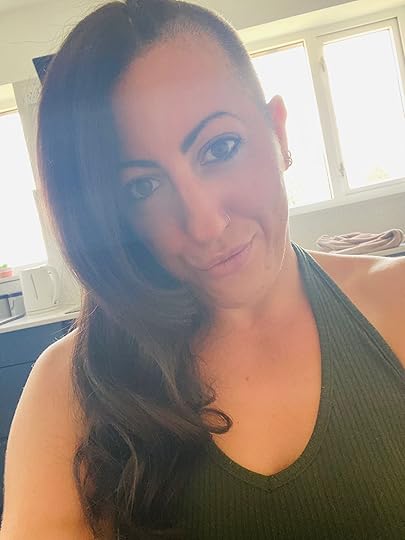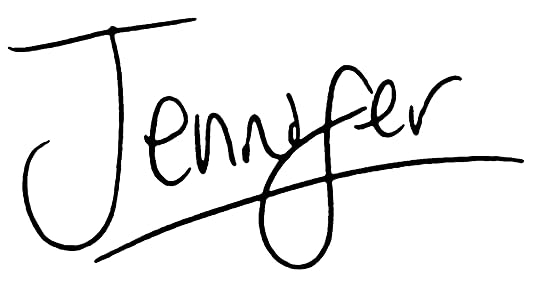Reclaiming Control: How Personal Style Helps Survivors Heal
Fashion and style often get dismissed as surface-level concerns. Yet for many survivors of trauma, the way you choose to present yourself to the world carries far more meaning than a passing trend. Clothing, jewellery and self-expression become tools of healing, small but significant steps towards reclaiming confidence, agency and joy.
Why Self-Expression is More than ‘Just Fashion’When life feels stripped of control, even the smallest choices matter. Picking out an outfit or trying a new hairstyle might sound trivial to outsiders, but it’s a way of saying: I decide who I am today. Survivors often use style as a language to communicate strength, resilience or even softness when they’re ready. It’s a quiet yet powerful rebellion against feeling defined by pain.
Self-expression through clothing and accessories isn’t vanity, it’s autonomy in action. The act of choosing what to wear becomes a ritual of self-care and a reminder that identity belongs to you, not to what happened to you.
I went through a ritual of working through and replacing the old clothes that were tied up in the memories with the person who abused me, it wasn’t an easy process but looking back I can see how liberating it was clearings out old memories. It meant it opened up an opportunity to find my own outfits and despite it taking years to find my identity it became a part of my healing journey, finding my confidence.
The Symbolism of Jewellery and Style in Reclaiming IdentityJewellery, in particular, has always carried symbolism. Rings, necklaces, and earrings can mark milestones, honour loved ones, or signal transformation. For survivors, slipping on a new piece can feel like closing one chapter and opening another. It’s not about following trends; it’s about embodying meaning.
Take piercings, for example. Something as simple as choosing the best nose rings can represent both resilience and renewal. They’re not just accessories; they’re statements of identity, worn proudly in the open. When you choose pieces that reflect your personal journey, they become far more than decoration; they’re reminders of the strength you’ve already built.
Style as a Form of StorytellingSurvivors often find words inadequate to describe their journeys. Style steps in as another language. A bold colour palette can signal courage. Minimalist lines might suggest the desire for calm and clarity. Vintage finds can be about reclaiming history, while custom jewellery can carry deeply personal symbolism.
This kind of storytelling doesn’t need an audience. Even if no one else understands why you’ve chosen a particular jacket, bracelet, or shade of lipstick, the meaning it carries for you is enough. Style tells your story back to you, affirming your resilience with every glance in the mirror.
How Communities Can Support Authentic ExpressionCommunities play a vital role in this process. Too often, survivors’ choices are judged or questioned: Why that tattoo? Why that outfit? But supportive spaces allow individuals to experiment with self-expression without fear of criticism. I have had my own share of ink therapy and continue to work on a sleeve I am hoping to eventually complete.
Friends, family and even workplaces can help by encouraging authenticity rather than conformity. Complimenting someone’s new accessory or celebrating their bold haircut may seem small, but it validates their right to express themselves freely. Communities can also create safe platforms, through events, workshops or online groups, where survivors share their style journeys, finding solidarity in creativity.

Over three years ago, I went through another style change and my hair became a part of that journey. I boldly shaved off half of my hair and felt empowered in my decision, it invoked confidence and it was well received by passers by.
Beyond the Surface: Why Style Matters in Healing
Critics may argue that healing comes from therapy or time, not from fashion. Yet the two aren’t mutually exclusive. Therapy can address the inner wounds, but style often handles the outward-facing ones. Together, they form a more holistic approach to recovery.
When survivors feel seen, both by themselves and by others, the journey towards healing gains momentum. Style becomes a daily practice of resilience – accessible, personal and deeply symbolic.
 Sign up to my newsletter
Sign up to my newsletterFollow my work, the campaigns I get involved in, organisations I support and my journey.
Success!First Name
Last Name
The post Reclaiming Control: How Personal Style Helps Survivors Heal first appeared on Jennifer Gilmour.



